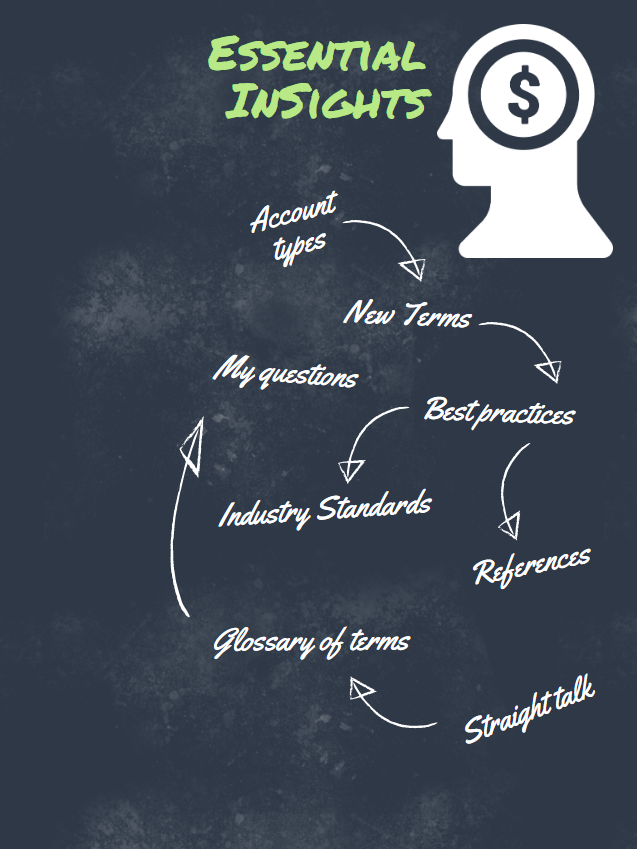Fixed Income (or debt) represents your ownership over the repayment of a debt. Usually considered bonds, they are contracts promising the repayment of loaned money. Other forms of debt arrangements include Mortgage-Backed Securities, liens, loans, and CDs. Fixed income is called that because the return is decided on the outset – so the return is fixed from the initial offering. Because the upside is fixed from the start, the change in their pricing is less dramatic. Thus, fixed income pricing becomes less about the asset itself, and more about the prevailing rates for other options (read “current interest rate environment”). Debt is usually priced based on three variables, 1) How likely you are going to get your debt repaid, who owes the borrowed money, and what is the way they will pay it back? (Taxation, revenue, etc.) 2) how long until you are repaid your initial investment, this is called duration and indicates how long the money is at risk for. 3) the rate that the debtor is paying on the borrowed sum, usually expressed percentage as a coupon or yield. There are subcategories based on who the entity requesting the money fall into: Muni’s – a Districts or Municipalities Debt. Usually issued to fund special projects, schools, or city and municipal improvements. In addition to the yield, these are priced for risk based on cities’ credit history, the source they plan to repay the loan (taxation or toll-based), and any available insurance they put on the bonds. Treasuries – the sovereign debt of a country. This is debt usually supported by the taxing authority of a country and its ability to create (fiat) the money they need. This is priced based on the credit rating of the country, the outlook of its currency, and the yield. Corporate – debt issued by companies and priced based on their creditworthiness. These are divided into investment grade and non-investment grade (called affectionately “high yield”) and then subdivided further. Certified Deposits (CD’s) – debt issued by banks. These are usually issued in small increments and for a short duration. The returns are insured by the FDIC (federal government) Mortgages (MBS) – These are backed by the creditworthiness of the borrower, and usually the risk is mitigated by grouping a pool of mortgages into tranches based on their collective credit rating. Collateralized Debt Obligations (CLOs) – Similar to the mortgages, this is a collection of debts that secure equipment or are backed by specialty financial arrangements. Often backed by the repossession of accounts receivable or equipment.

